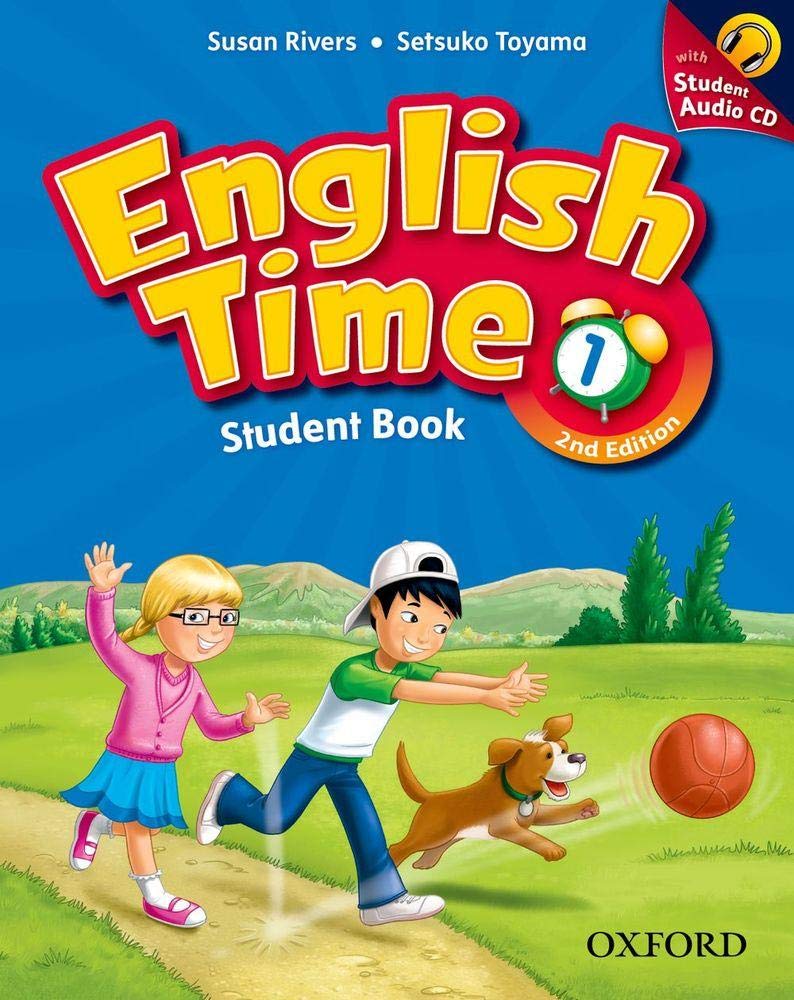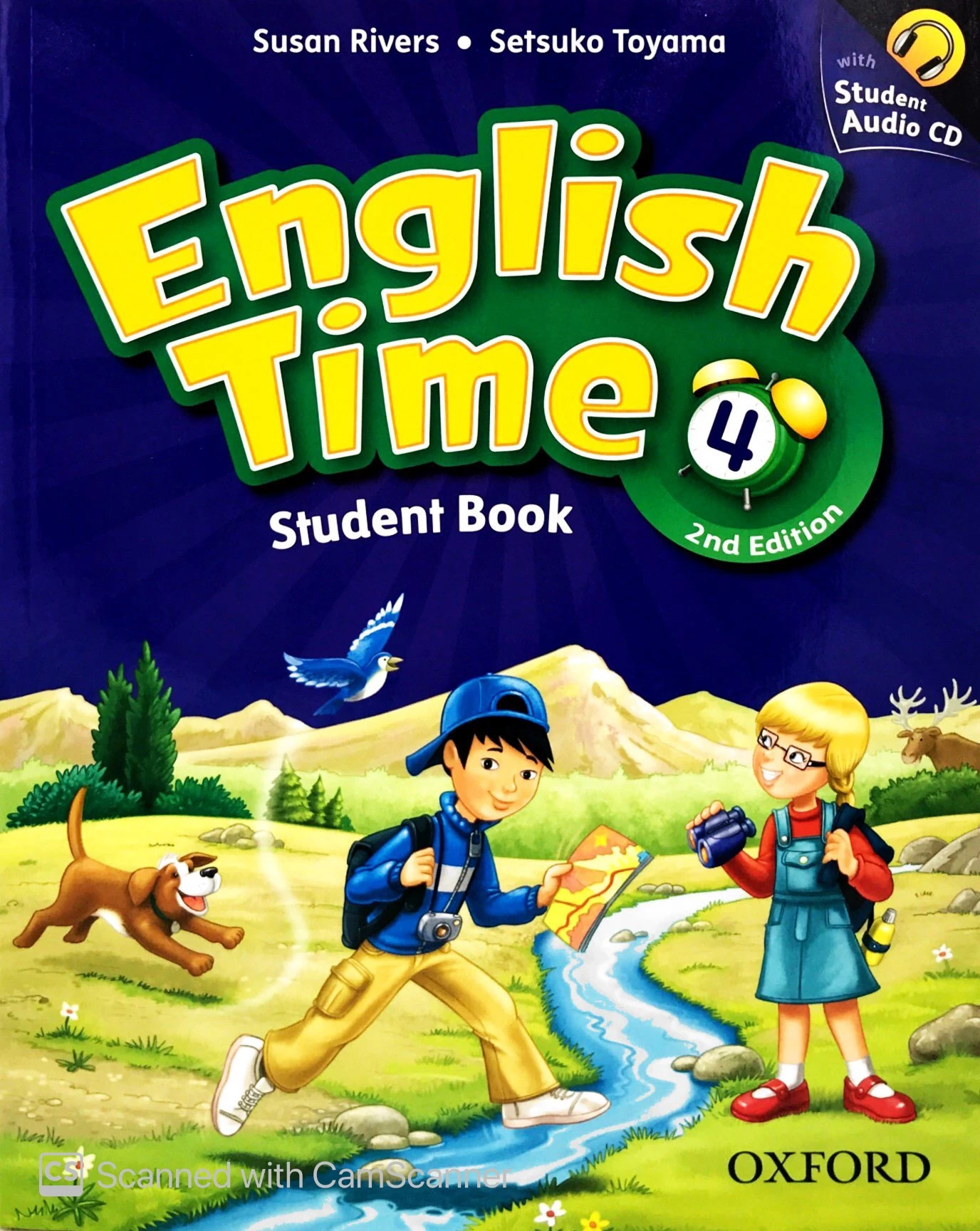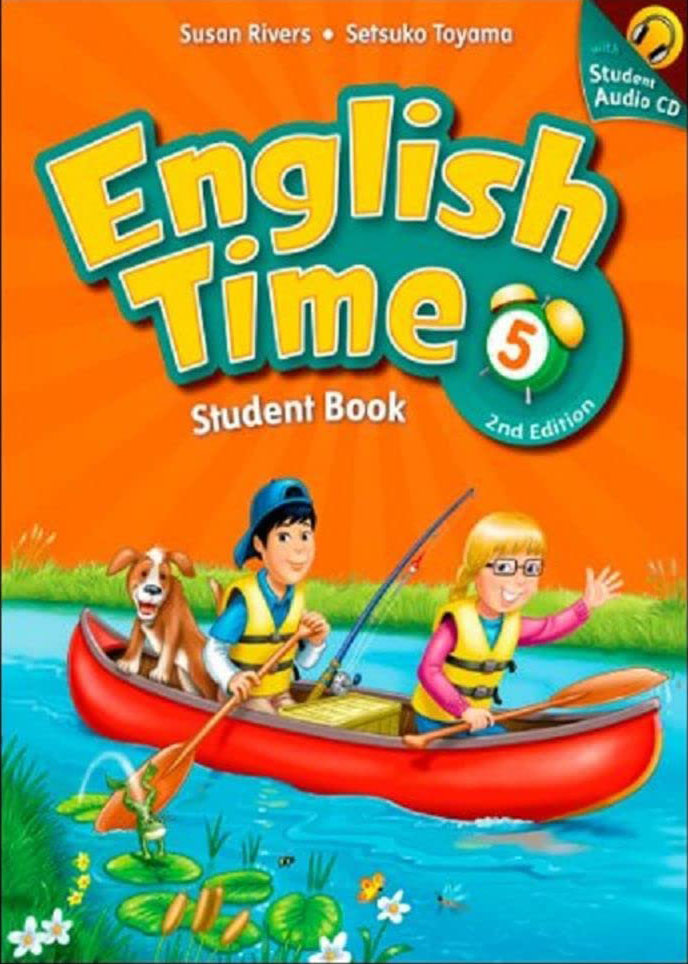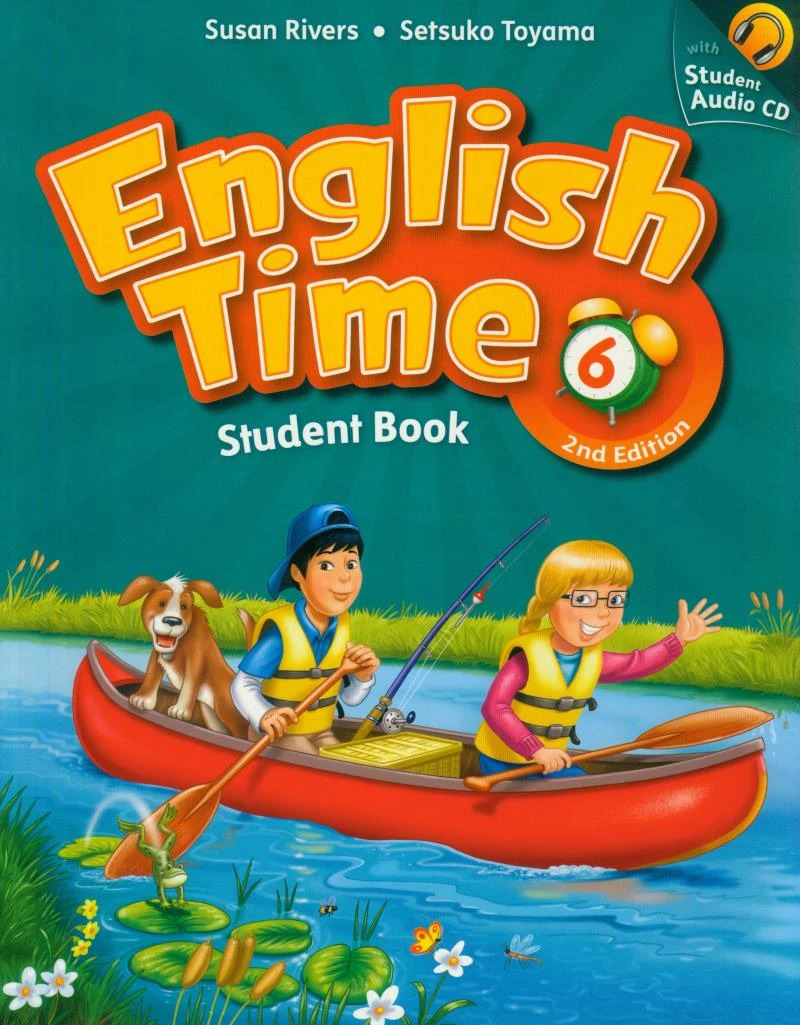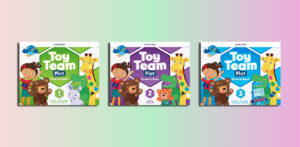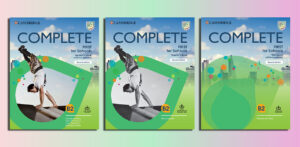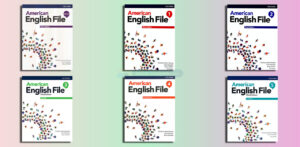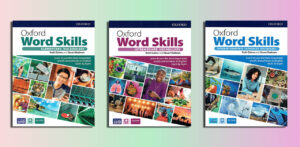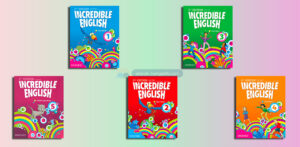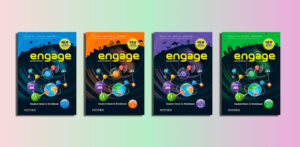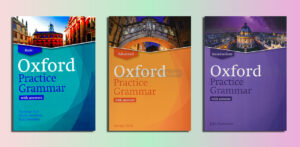English Time 2nd Edition (PDFs, Resources)
Level 1
English Time 2ed 1 Audio.zip
English Time 2ed 1 Flashcards.pdf
English Time 2ed 1 Student’s Book.pdf
English Time 2ed 1 Teacher’s Book.pdf
English Time 2ed 1 Workbook.pdf
Level 2
English Time 2ed 2 Audio.zip
English Time 2ed 2 Flashcards.pdf
English Time 2ed 2 Student’s Book.pdf
English Time 2ed 2 Teacher’s Book.pdf
English Time 2ed 2 Workbook.pdf
Level 3
English Time 2ed 3 Audio.zip
English Time 2ed 3 Flashcards.pdf
English Time 2ed 3 Student’s Book.pdf
English Time 2ed 3 Teacher’s Book.pdf
English Time 2ed 3 Workbook.pdf
Level 4
English Time 2ed 4 Audio.zip
English Time 2ed 4 Flashcards.pdf
English Time 2ed 4 Student’s Book.pdf
English Time 2ed 4 Teacher’s Book.pdf
English Time 2ed 4 Workbook.pdf
Level 5
English Time 2ed 5 Audio.zip
English Time 2ed 5 Flashcards.pdf
English Time 2ed 5 Student’s Book.pdf
English Time 2ed 5 Workbook.pdf
Level 6
English Time 2ed 6 Audio.zip
English Time 2ed 6 Flashcards.pdf
English Time 2ed 6 Student’s Book.pdf
English Time 2ed 6 Teacher’s Book.pdf
English Time 2ed 6 Workbook.pdf
English Time 1st Edition (PDFs, Resources)
Level 1
English Time 1 Class Audio CD.zip
English Time 1 StoryBook Audio CD.zip
English Time 1 StoryBook.pdf
English Time 1 Student Book CD.zip
English Time 1 Student Book.pdf
English Time 1 Teacher Book.pdf
English Time 1 Workbook.pdf
Level 2
English Time 2 Class Audio CD.zip
English Time 2 Storybook Audio CD.zip
English Time 2 Storybook.pdf
English Time 2 Student Book.pdf
English Time 2 Teacher Book.pdf
English Time 2 Workbook.pdf
Level 3
English Time 3 Class Audio CD.zip
English Time 3 Storybook Audio CD.zip
English Time 3 Storybook.pdf
English Time 3 Student Book.pdf
English Time 3 Teacher Book.pdf
English Time 3 Workbook.pdf
Level 4
English Time 4 Class Audio CD.zip
English Time 4 Storybook Audio CD.zip
English Time 4 Storybook.pdf
English Time 4 Student Book.pdf – Sample: Click
English Time 4 Teacher Book.pdf
English Time 4 Workbook.pdf
Level 5
English Time 5 Class Audio CD.zip
English Time 5 Storybook Audio CD.zip
English Time 5 Storybook.pdf
English Time 5 Student Book.pdf
English Time 5 Teacher Book.pdf
English Time 5 Workbook.pdf
Level 6
English Time 6 Class Audio CD.zip
English Time 6 StoryBook Audio CD.zip
English Time 6 Storybook.pdf
English Time 6 Student Book.pdf
English Time 6 Teacher Book.pdf
English Time 6 Workbook.pdf
| Name | Price | Buy |
|---|---|---|
| English Time 1ed - All 6 Levels (PDFs, Resources) | $5 | |
| English Time 2ed - All 6 Levels (PDFs, Resources) | $5 |
Overview of the “English Time 2nd Edition” by Oxford
Contents
| ✅ Coursebook: | English Time |
| ✅ Authors: | Susan Rivers, Setsuko Toyama |
| ✅ Publisher: | Oxford University Press |
| ✅ English type: | American English |
| ✅ For: | Primary, Young Learners |
| ✅ Levels: | Pre A1, A1, A2 |
| ✅ Publication year: | 2011 |
English Time 2nd Edition is a six-level American English course for primary students, written by Susan Rivers and Setsuko Toyama and published by Oxford University Press. It is designed to develop young learners’ speaking, listening, reading, and writing skills through highly visual lessons, stories, songs, and games, helping children build a solid foundation in English while having fun.Heureka+1
Key features of English Time 2nd Edition
English Time 2nd Edition is packed with colorful illustrations, engaging characters, and interactive activities that keep children actively involved in every lesson. Each unit is built around a large “Big Picture” scene that introduces new vocabulary and grammar in context, so students can discover meaning naturally without relying on translation. Hidden objects and small details in these scenes motivate learners to look closely, ask questions, and use new language in a meaningful way.
The course follows a clear and friendly storyline. Children learn with recurring characters such as Ted, Annie, and Digger, who appear across all six levels. The special “Digger’s World” story segments recycle key language in short, cartoon-style episodes, making it easier for students to remember structures and expressions. These ongoing stories make the course feel like an animated series, which is especially helpful for young learners who need strong motivation to keep speaking and listening in English.
To support different learning styles, each level of English Time 2nd Edition includes:
- Stories and conversations that model natural, everyday language
- Songs and chants set to familiar tunes to make new language memorable
- Games and pair-work activities in “Conversation Time,” “Practice Time,” and “Review Time”
- Craft and project pages that combine English with creativity and simple research
- Cross-curricular lessons that link English to other school subjects (early CLIL approach)
This combination of visuals, stories, and task types helps children develop confidence step by step, while also building their ability to communicate in real-life situations.
The second edition updates the artwork and page design to be more modern and attractive for today’s children, while keeping the short four-page units that give learners a clear sense of progress. Many pages also highlight project work and cross-curricular themes, encouraging pupils to use English beyond the textbook and show their learning to parents.
English Time 2nd Edition 1 Student’s Book
Who is English Time 2nd Edition for?
English Time 2nd Edition is ideal for:
- Primary school children learning English as a foreign or second language
- Beginner to elementary levels (roughly Pre-A1 to A2 on the CEFR, depending on starting age and pace)
- Language centers and schools that want a communicative, story-based course with strong support materials
- Teachers who need a structured syllabus but also want many songs, games, and visual activities to keep classes lively
Schools can use English Time on its own, or combine it with Magic Time to create an eight-level course that takes students from very first words in English through more confident, sentence-level communication.
English Time 2nd Edition 2 Student’s Book
Teaching and learning benefits
Using English Time 2nd Edition in class gives teachers and learners several clear advantages:
- Strong speaking focus: “Conversation Time” and pair-work tasks push students to speak, not just repeat.
- Systematic review: “Practice Time” and “Review Time” recycle key language so it is not forgotten.
- High engagement: Big pictures, hidden objects, and recurring characters keep motivation high.
- Balanced skills development: Every unit integrates vocabulary, grammar, phonics, reading, listening, and simple writing.
- Easy classroom management: Clear lesson flow, visual prompts, and ready-to-use cards and charts save preparation time.
Because of this balance, English Time 2nd Edition works well in both large and small classes, and in programs that want a fun but academically solid primary course.
English Time 2nd Edition 3 Student’s Book
Effective Teaching and Learning Strategies for English Time 2nd Edition
1. Use the “Big Picture” method to introduce vocabulary
Each unit in English Time 2nd Edition begins with a large, colorful illustration. Start every lesson by guiding students to explore this picture:
- Ask simple questions (“What can you see?”, “Who is this?”, “Where is the cat?”).
- Encourage pointing, describing, and noticing details.
- Highlight target vocabulary and structures in a natural context.
This approach reduces translation, increases curiosity, and helps young learners understand English visually and intuitively.
2. Build strong speaking habits with “Conversation Time”
“Conversation Time” is the heart of the course. To maximize its effectiveness:
- Model the dialogue with clear intonation and gestures.
- Practice in choral, pair, and individual formats.
- Use emotion or role-play (angry, excited, shy) to keep practice lively.
- Rotate partners frequently so students talk to different classmates.
Regular, repeated speaking practice helps children gain confidence and automaticity.
English Time 2nd Edition 4 Student’s Book
3. Reinforce grammar through simple, structured practice
Each unit introduces grammar in a child-friendly way. To help students internalize forms:
- Begin with teacher modeling and whole-class drilling.
- Move to controlled activities (matching, circling, filling in).
- End with short communicative tasks using the target structure.
This gradual progression—from input → practice → real use—ensures the grammar becomes part of students’ speaking and writing.
4. Use songs and chants to improve memory
Songs and chants are essential components of English Time. They support rhythm, pronunciation, and long-term retention.
For best results:
- Sing with gestures or actions.
- Play the song again later in the week for spaced repetition.
- Let students perform in small groups to build confidence.
- Use the audio at home for extra review.
Children remember language far better when it is set to music.
English Time 2nd Edition 5 Student’s Book
5. Integrate phonics consistently
English Time includes systematic phonics instruction. To improve reading and spelling:
- Review sounds daily for 2–3 minutes.
- Use flashcards to practice blending and segmenting.
- Encourage students to connect phonics skills with new vocabulary in each unit.
- Pair phonics reading with short writing tasks to reinforce the sound–letter relationship.
Consistent phonics training accelerates early literacy development.
6. Apply “Craft Time” and simple projects to boost creativity
Craft pages and projects help learners apply English in meaningful, hands-on tasks.
Effective tips include:
- Prepare materials in advance (paper, scissors, crayons).
- Let students describe what they are making using target phrases.
- Display finished crafts in class to build pride and motivation.
- Connect projects with the unit’s themes to enhance retention.
Projects turn language into something visible and memorable.
7. Use “Review Time” and spaced repetition
Young learners require frequent recycling. To make review more effective:
- Conduct one quick review activity at the beginning of every lesson.
- Use games such as Simon Says, Bingo, or flashcard races.
- Revisit vocabulary and grammar from previous units weekly.
- Use workbook pages for quiet reinforcement and extra writing practice.
Regular review prevents fossilization and keeps knowledge fresh.
English Time 2nd Edition 6 Student’s Book
8. Encourage storytelling with Digger’s World
The recurring Digger’s World stories are excellent for listening and comprehension. To enhance their impact:
- Preview key vocabulary before listening.
- Play the audio twice—once for general meaning, once for details.
- Ask simple comprehension questions after the story.
- Let students retell the story using pictures or gestures.
Story retelling develops natural fluency and confidence.
9. Maximize student engagement with classroom routines
Routines help children feel secure and ready to learn. Effective routines include:
- Greeting and farewell phrases
- Daily question practice (“How are you?”, “What day is it?”)
- Quick phonics warm-ups
- Regular pair-work changes
Predictable routines create a stable learning environment while keeping lessons fast-paced and enjoyable.
10. Involve parents through simple home-learning tasks
For better long-term progress, provide parents with easy ways to support learning:
- Encourage playing the Student Book audio at home.
- Assign short reading or listening tasks.
- Suggest simple speaking practice such as asking about pictures in the book.
- Provide a vocabulary list after each unit for home review.
Consistent home support accelerates language acquisition.





